Journaling is a common term used in scrapbooking, but what does it really mean? Does it mean writing a journal, like when those "personal diaries" were so popular, in high school? Not at all. Of course, if you want to journal in that way, that is fine. It is YOUR project after all, but that is not the necessity.
What is journaling?
In simple terms, in a scrapbook project, "journaling" will mainly refer to anything in writing you add to the page that includes some information about the photo or the story. It can be minimal, or it can be elaborate. Just remember that you will often... forget. Let's look at some common elements that can be part of journaling.
Adding dates (When)
When did you take this photo? When did we take that trip to Paris? Although you might obviously know when your first child's birthday is, someone else looking at the photo might wonder how old he was. The date will help them clarify that question. Or, if this is the last family photo with grandma, when was that taken? A date is something very small that can be added easily to a project and will give a better idea of the setting when this photo was taken or when the story is taking place.

Sometimes, you will want the exact date, while other times, you might just need the year. And if you really don't know, or don't remember, you can use an approximation. Who knows if someone else might specify that date at a later time?
Adding names (Who)
This is something you might regret if you don't add the names now. You might forget (believe me). But if you ever share your pages and stories with others, having the names on the page will help them also know who that is, instead of asking you over and over again. If the viewer does not know who it is, they might simply lose interest in that page you made.
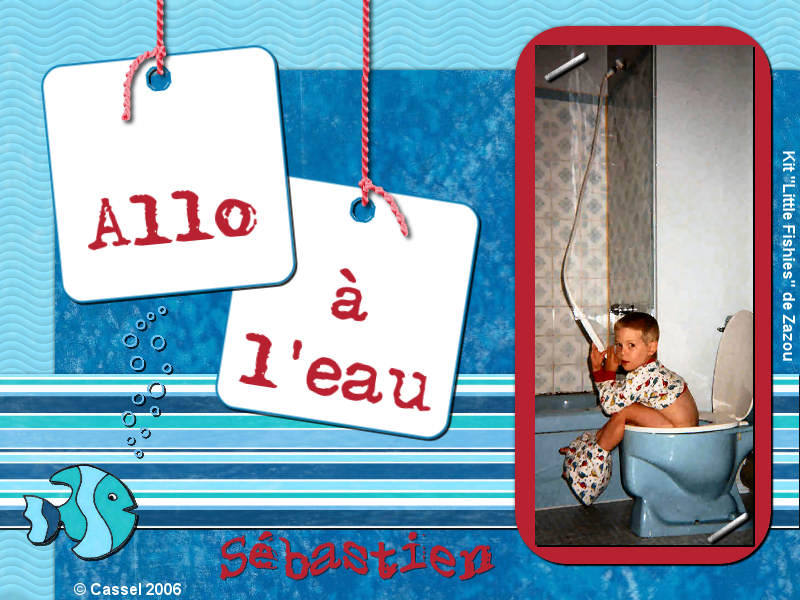
I made this page more than ten years after the picture was taken. Although I put Sébastien's name on it, I am not really sure it was him. My two boys looked so alike (people would often ask me if they were twins). I wish I had written the name behind the printed photo so I would have the correct name on the layout. even the boys can't agree on who is in this picture.
Adding locations (Where)
Some places are very obvious if you have a photo of a known landmark, but not all photos will have them. Was that family photo taken at Grandma's house in Little River? Is this the birthday party that took place in Belledune? Is this a photo of the garden you had when you lived in Toronto or Hamilton? Was that a fishing trip on the Miramichi river? Even if you have tons of photos of a road trip, you will want to identify where you were at various points in the trip. This will also make for a nice timeline too!
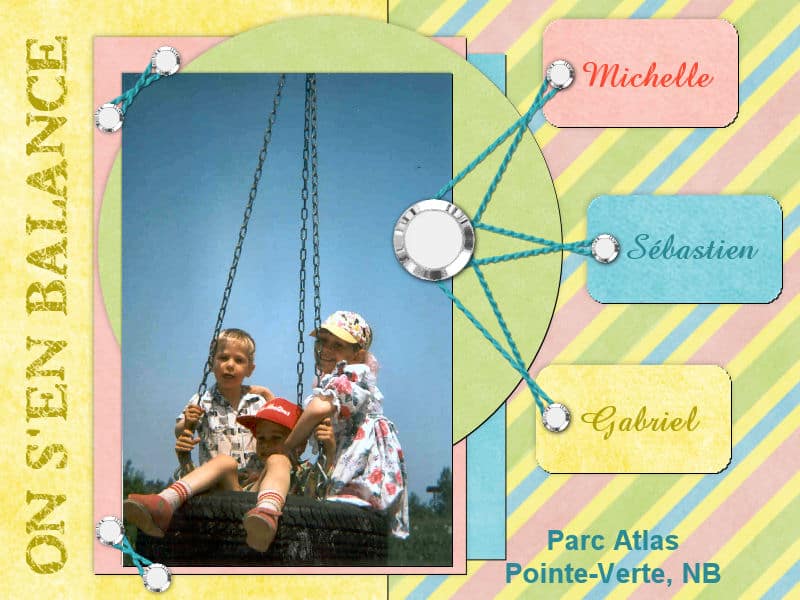
Adding explanation (What)
Although you might take a lot of photos just to remember the "images" of a particular event or person, maybe something caught your attention. What prompted you to take that picture when you did? What would you tell someone about this location, this person, or this specific action? Did you take this picture just before Uncle Fred fell off the end of the warf when he was being silly? What about the first time Maxim tasted a pickle and made that funny face? Often, the picture itself does not tell the whole story since things might have happened just before, or just after. Without those actual details, the photo would be just... ordinary.
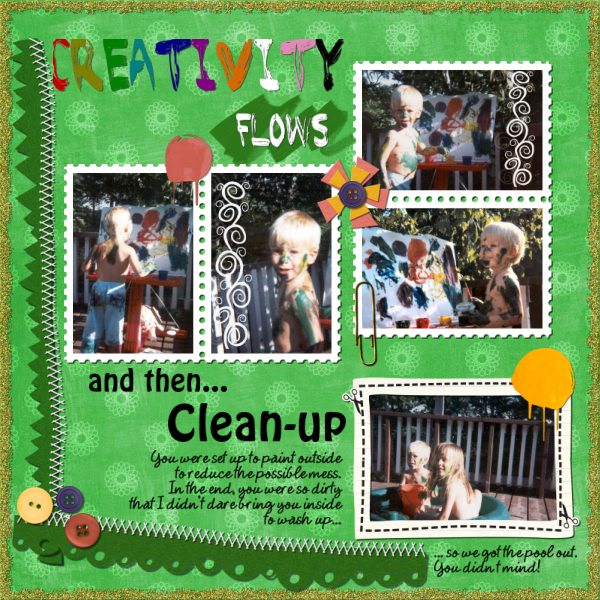
Adding more context (What else)
What else about this photo, this series of photos, or the story would you tell someone looking at it? If you feel there is a need to add information, include it in the page. If it is a whole paragraph, so be it. Although you don't have to write a novel, you can tell the story, explain why this happened, how the person (or yourself) felt about it, etc.
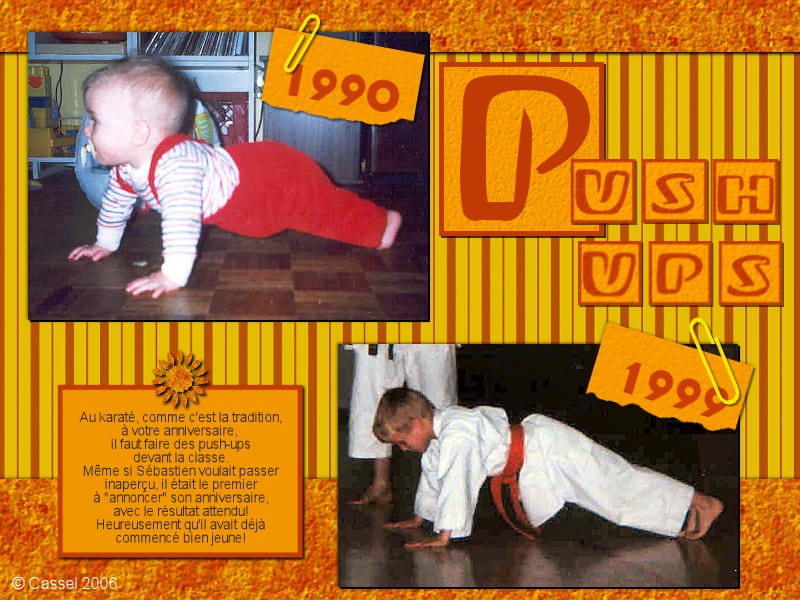
Do you need journaling on all the pages?
There is no hard rule in scrapbooking. It is an art and creativity is personal. However, if you want to share your projects with others, you want them to be able to experience the story or the event as closely as you can have experienced it yourself. Having to explain everything to a viewer would make it simply more convoluted. It is like having a slideshow of your last vacation: it might be great to watch the first 20 photos, but if you have to stop and explain everything about every photo, your friends are going to get bored! Let them discover the information as needed. If they know who is on that picture, they won't be scratching their head wondering. But if they don't know, and the name is not on the page, they are left in limbo.
If you have an album, or at least several pages around the same event, or the same people, you don't have to repeat the information on each individual page. That would definitely be redundant. If the title of your album is "Honeymoon in Paris", you don't need to add "Paris" everywhere. But you can be more specific if needed. Which café was that meal taken? Which church did you visit? etc.
Do you need that information on all the pages?
Of course not. Some pages will have some information, and it might just be the same for other pages in the same album. Some details might be nice to have, but aren't that meaningful to the story. Maybe you just want to showcase a very nice panorama, or a flower, or a bird. The date or location might be interesting but not essential, or at least, not on that page.
Although you don't have to add journaling and details on every single page, remember that memory is something that fades over time. Don't lose that information!

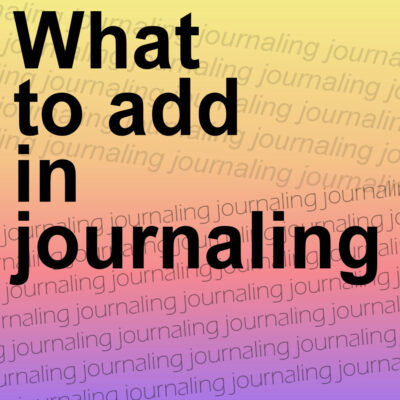












2 thoughts on “What to add in journaling?”
And what do you think of the next generations??? I recently got a whole box of very old photos of ancestors.
A lot of them I have no clue who they are. I can tell by the clothes about when they lived.
OH, I wished they had written on the back date and name.
One photo was taken in 1889. It was my great-great-grandfather. That was written on the back so I’m sure.
The same color and style photo of a woman I presume it was his wife. So special.
thank you. Journaling is the hardest part for me. This breaks it down and gives me a guide/list to check off when coming up with the right words, without having too much extra words.